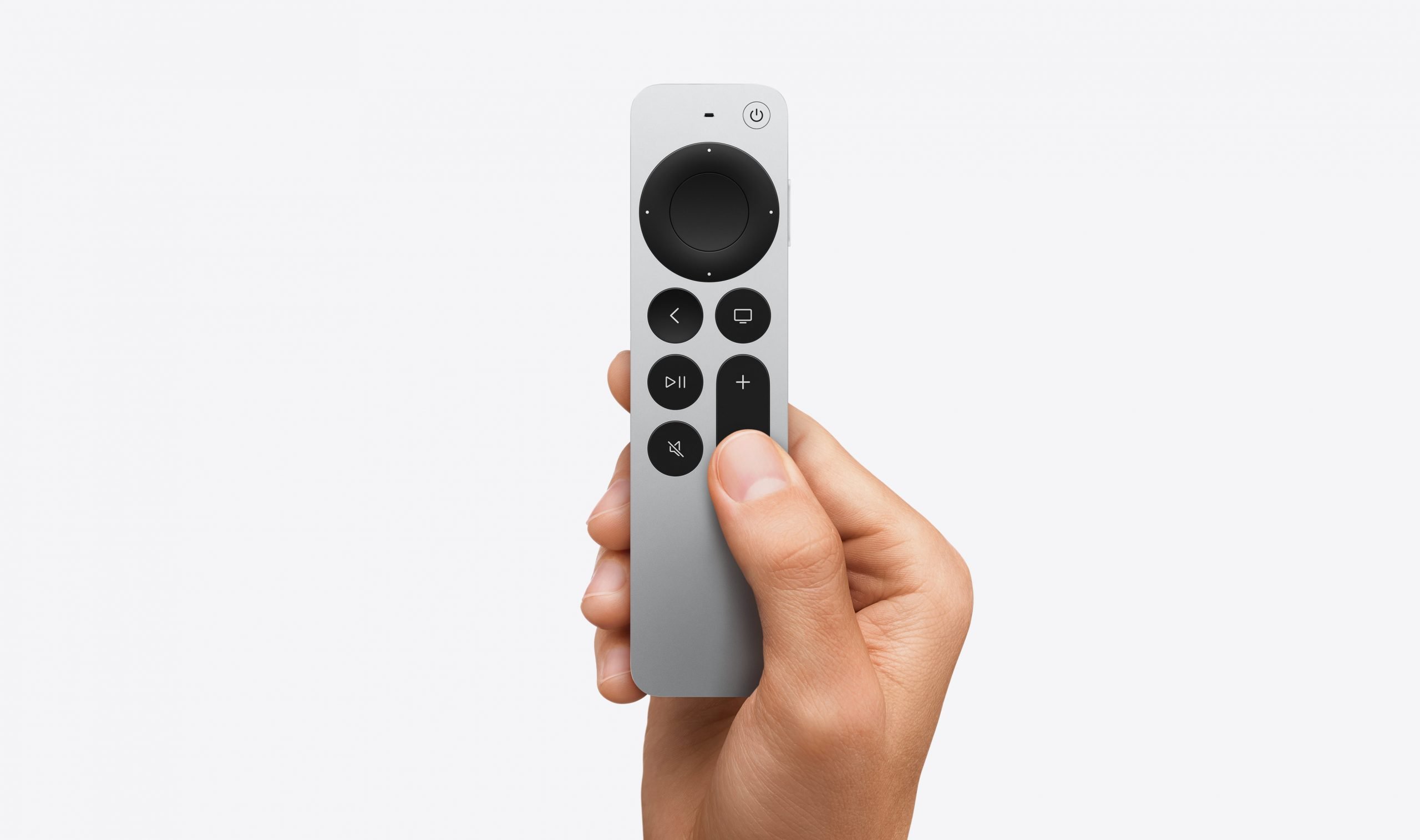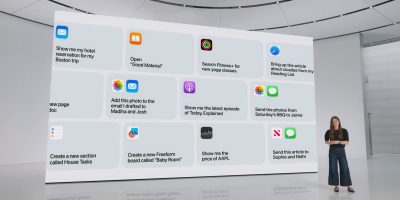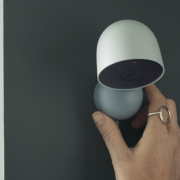Right now, we rely largely on cell towers for cellular network coverage. Depending on how densely populated an area is, there could be more or fewer cell towers. For example, in a more rural part of a country, it doesn’t make sense for carriers to invest in putting up more cell towers versus a densely packed city.
This is why sometimes when you’re traveling out of town, there might be areas where cell coverage is spotty or outright unavailable. The good news is that dead zones could soon be a thing of the past for future Android phones. This is according to a tweet by Google executive Hiroshi Lockheimer who confirmed that Android 14 will come with support for satellite communications.
Wild to think about user experiences for phones that can connect to satellites. When we launched G1 in '08 it was a stretch to get 3G + Wifi working. Now we're designing for satellites. Cool! Excited to support our partners in enabling all of this in the next version of Android!
— Hiroshi Lockheimer (@lockheimer) September 1, 2022
If this sounds familiar, it is because T-Mobile and SpaceX recently announced plans to utilize satellites to provide coverage in areas that have less cell towers. There have also been rumors suggesting that the iPhone 14 could also come with a similar feature. At this point it is unclear how it will work and if only newer models can take advantage of it due to specific hardware requirements, or if only a software update is necessary, which would be awesome.
In T-Mobile and SpaceX’s case, both companies claim that no special hardware is needed, but it is possible that Google could be building something of their own. That being said, the introduction of satellite communications is less about being able to post an Instagram update while on top of a mountain, but rather providing cellular coverage in remote areas in case of emergencies.










Comments